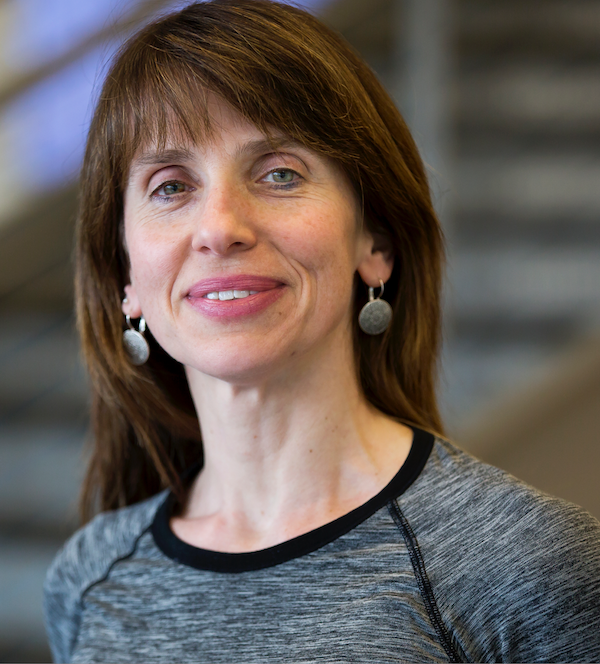Project Description
From Reduced Mechanisms to Nanoparticle Formation: Machine Learning and Stochastic Methods as Tools of Investigation
Combustion chemistry is represented by complex dynamic networks of reactions characterized by high dimensionality, nonlinearity, multi-dimensional correlations and dependence on temperature and pressure. This complexity is beyond simple analysis. Atomistic simulations and machine learning can be used in synergy to develop networks of reactions and identify the main characteristics of the reactive processes. In this talk we will focus on gas-phase chemistry as well as on the formation of nanoparticles in flames.
Professor Violi is a Professor at the University of Michigan in the Departments of Mechanical and Chemical Engineering and Biophysics Program.
She earned a B.S. degree and Ph.D., both in Chemical Engineering, from the University of Naples, Federico II, Italy. She has been Research Scientist and then a Research Assistant Professor (2002) in the Chemistry Department at the University of Utah, working in one of the five Centers created through the Department of Energy’s Advanced Simulation and Computing Program, whose objective was to develop science-based tools for the numerical simulation of accidental fires and explosions. She joined the University of Michigan in 2006 as Assistant Professor and became Professor in 2015. Professor Violi’s research interests lie at the intersection of nanoscience, combustion, and biomedical science. Her research involves the study, through modeling and simulation, of nanoparticle formation and the impact of these particles on the environment and health. She has pioneered the development of computational nanoscience in the field of combustion, developing multiscale computational methods to study long time and large scale phenomena. Her work has been supported by various agencies including US DOE, NSF, and DARPA. Among the diverse accolades she received, the Henry Russell award and the 2015 ASME George Westinghouse Silver Medal.
